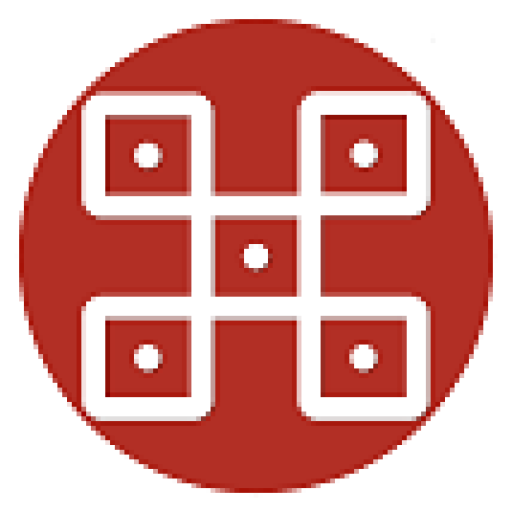Modern linguists, following Pāvanar’s research methodology, are highlighting the resemblances between ancient Tamil words and those in various Indian languages, particularly North Indian languages once thought to be Indo-European. This inquiry raises a pivotal question: whether North Indian languages belong to the Indo-European or Dravidian family.
Greenberg and Merritt Ruhlen, American scholars, have published typological research findings, a guiding beacon in unraveling humanity’s common basic vocabulary. By comparing basic word lists from global language families, they seek shared vocabulary dating back to the inception of human speech. A similar typological study could unveil a common birthplace for Tamil and the ancient Prakrit language, a precursor to North Indian languages, also known as Vada Tamil or Northern Tamil.
It’s notable that even before the Aryan influx, North India was inhabited by proto-Dravidians, explaining the Tamil roots in place names, flora and fauna names, agricultural terms, basic vocabulary, verbs, and case markers in North Indian languages. Historian and linguist George Erdosy remarked, “All Indians once spoke Dravidian before adopting Indo-Aryan.”
Max Müller and others, not delving deeply into the historical origins of North Indian languages, primarily noted Sanskrit nouns, concluding Indo-European affiliation. However, it’s crucial to note that while languages may borrow nouns from others, verbs, case markers, and other grammatical features resist borrowing. In North Indian languages, these linguistic features have Tamil origins.






















